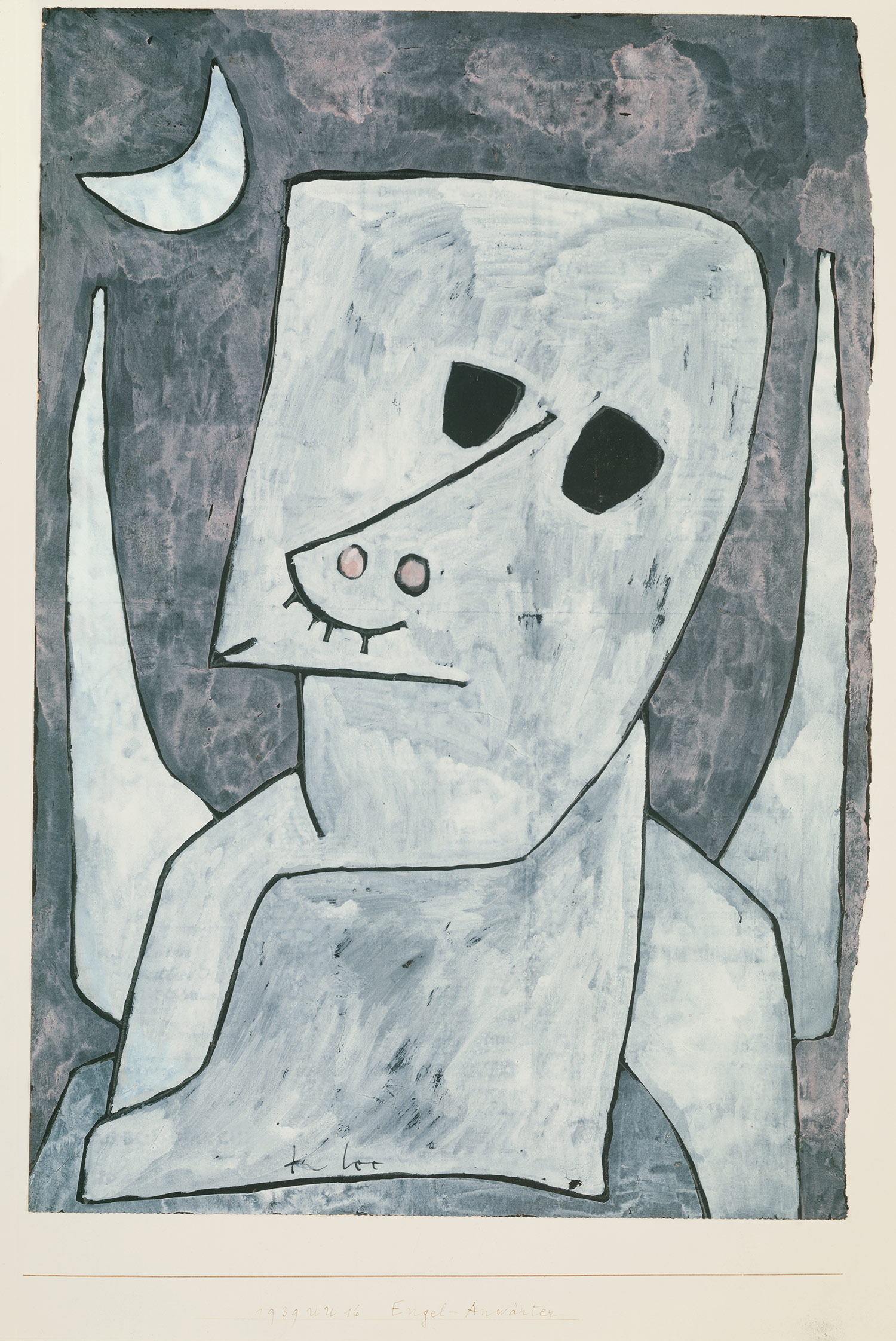
When we went around the classroom asking folks what they might like to write about for their final projects, some folks said, "the painter Chagall" or "Chopin" (or see below and above). Ryan piped up, "I'm thinking taxidermy." Hmmm. Turns out, he was really obsessed by a taxidermist,
Carl Akeley (pictured here with a leopard he supposedly killed with his bare hands). And it's not hard to see why. Carl's a fascinating guy.
As a result of taking hunting expeditions to Africa, including accompanying Teddy Roosevelt, Akeley became an artist in his approach as a taxidermist, inventing the notion of natural dioramas as setting for animals, as well as making the preservation of the animals more realistic and anatomically accurate

.
The Field Museum in Chicago and the
American Museum of Natural History owe much of their collection to him. He died in the Congo, where he was buried.
Ryan's preservation and invention of Carl Akeley's persona, a kind of poetic taxidermy, is playful and deeply informed. In fact, he got a bit obsessed with "Carl," speaking of him in the first person, speaking TO him from time to time. Ah, what poetry can do (or, if you believe Ryan, what taxidermy can do). Here's the main poem from that group:
Carl E. Akeley--Ryan H. “The old conditions, the story of which we want to tell, are now gone, and in another decade the men who knew them will all be gone.”Save everything that you can, Carl. The new school
is on its way in to redirect your vision and rearrange
your hall.
As if you could be pushed out toward the fringes
any further. You created an anachronism, or proved
it was possible
To give birth to something that immediately so few
cared about—perhaps a most common predicament,
in the end.
But there were the few, the passionate catalogers,
the information starved who followed you into
the Dark Continent.
How did you manage to break it to your parents?
All that talent gone to gutting and stuffing animals,
or subjects, rather.
Maybe they grew suspicious when you were eleven
and the gerbils you were breeding in your bedroom
all disappeared suddenly
Only to reemerge a week later in the family room
as a cast and mounted grand tableaux recreating
Trumbull’s Declaration.
The art of preserving what is already disappearing
before our very eyes: an impossibly practical art
no matter what form.
You put all of your hope in that fact that your art
was a relic before it ever made its way out to
the eager public.
Yours is an art of necessity, an art of record
for the millions who cannot afford to be
adventurers like you.
For those who would not have seen or known
otherwise. So you rage against grievous
anatomical inaccuracy
With a sharp, squinting eye and strong hand
fastidiously crafting muscles and sinews,
reanimating enormities
Opposed to works of art so carelessly stuffed
with straw or sawdust, a formless lump beaten
to crude shape
With a two-by-four and thrown into rooms
void of place and context, in isolation
from other mammals.
Carl, you’ve done it: mocked the photographer,
surpassed the dramatist. You have made matter
out of memory,
The recasting of your days in bright Africa
on the hunt and at the beck and call of science,
that jealous mistress.
They buried you in one of these scenes, the one
where you found all of those mountain gorillas
sitting together.
Maybe you intended some kind of irony there,
although you were a very serious man
at heart,
Refusing to believe the other children that told you
there was only one kind of ant, you made stations of
peanut butter crackers
And placed them at the four corners of your home.
Hypothesizing there must be at least three types,
you got a bonus beetle.
Or was there simply nothing in all of your travels
that so impressed you? This peaceful primate home
captured your imagination
Even more than Jumbo, the seven-ton old paciderm
you mounted for P. T. Barnum to continue showing
at the circus.
The caretaker told you Jumbo was crossing
train tracks when the Trans Canada Express finally
brought him down.
It took damn near two hundred men to clear the tracks
and get the trains moving again. Barnum’s own cars
doubtlessly in that line.
Most folks never hear the background stories,
or otherwise they have become far too
common these days.
The new school is already here, Carl, and they figure
another Jumbo will come along—maybe a digital exhibit on
mammals in captivity—
When, in fact, you simply cannot replace an elephant
like that.














